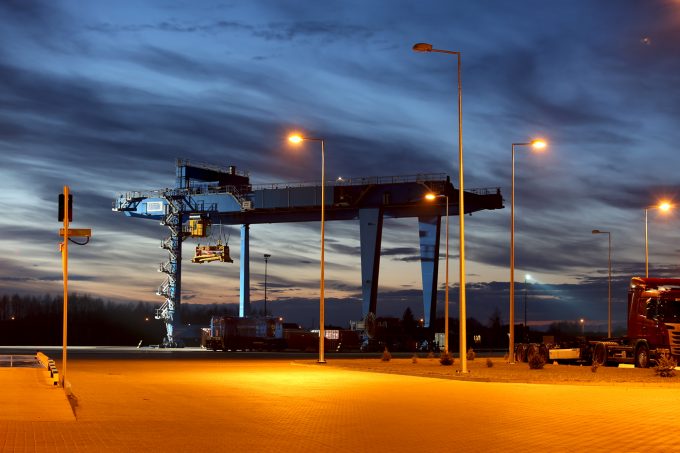Search for new CEO for HHLA as Angela Titzrath announces departure
Hamburg-headquartered stevedore and intermodal operator HHLA is on the hunt for a new chief executive, ...

German container stevedore HHLA’s intermodal subsidiary, Metrans,has extended its network of rail terminals eastwards, establishing a presence at the key Polish rail freight hub of Malaszewicze by acquiring CL Europort.
It operates one of the myriad terminals at the site on the Poland-Belarus border.
The 13ha site ...

Comment on this article